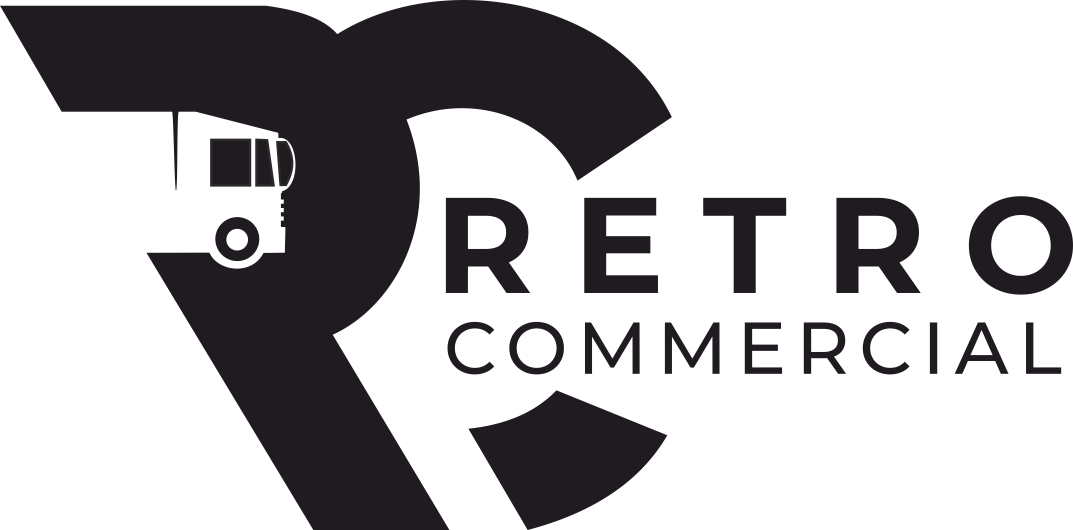How To Find A Job As A Lorry Driver
October 11, 2022
What You Need to Know Before Driving an HGV in London
October 12, 2022If you’re looking to get your commercial driver’s license (CDL), you’ll first need to decide which category you fall into.
There are three categories of CDLs, with each one allowing you to operate a different subset of vehicles. The Class 2 CDL allows you to operate vehicles that fall under two subcategories: Straight trucks and buses. In this blog post, we’ll give you an overview of what a Class 2 CDL entails and some of the common pathwaysto obtaining one.
 The Two Types of Vehicles You Can Operate with a Class 2 CDL
The Two Types of Vehicles You Can Operate with a Class 2 CDL
As we mentioned, the Class 2 CDL allows you to operate two types of vehicles: straight trucks and buses. Let’s take a look at each one in turn.
Straight trucks are the simpler of the two vehicle types. They are exactly what they sound like—trucks that travel in a straight line! Most straight trucks have a cargo area that is either enclosed or open-air, and they typically don’t weigh more than 26,000 pounds (11,793 kilograms). If you’re looking to operate a straight truck, you’ll need to obtain a Class 2 CDL with an “N” endorsement.
Buses, on the other hand, come in many different forms. Some common examples include city buses, school buses, coach buses, and intercity buses. Buses can weigh up to 80,000 pounds (36287 kilograms), making them much heavier than straight trucks. As such, operating a bus requires additional training and expertise. If you want to add a bus to your list of vehicle types, you’ll need to obtain a Class 2 CDL with both an “N” and “P” endorsement.
Pathways to Obtaining Your Class 2 CDL
There are many different pathways that you can take in order to obtain your Class 2 CDL. The most common way is to take a certified training course offered by a professional driving school. Many community colleges also offer these types of courses. Once you’ve completed the training course and passed the written exam, you’ll be able to take the road test and earn your license.
Another option is to obtain on-the-job training from an employer who is willing to sponsor your training. This option is less common but can be helpful if you’re having trouble finding an affordable training course or if you learn best through hands-on experience.
If you’re interested in obtaining your commercial driver’s license (CDL), the first thing you need to do is decide which category you fall into. The three categories of CDLs are Class A, B, and C—with each one allowing you operate a different subset of vehicles. In this blog post, we gave an overview of what it means to have a Class 2 CDL—which allows drivers operate vehicles that fall under two subcategories: Straight trucks and buses—and some of thecommon pathways for obtaining one.




